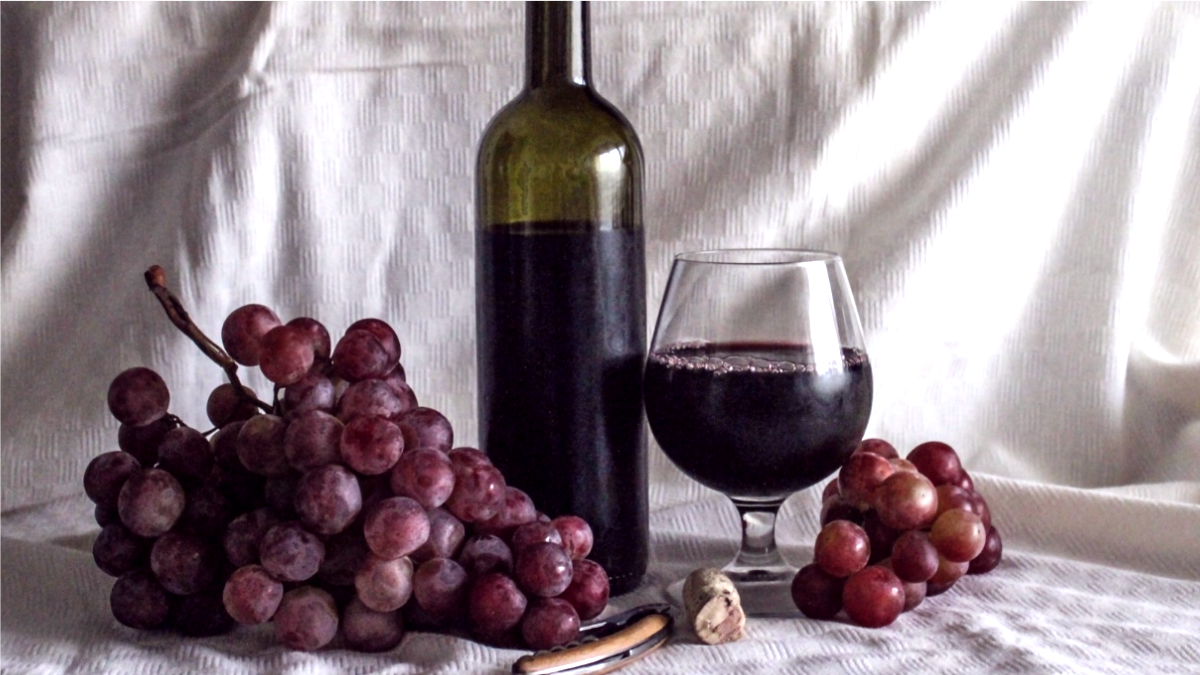Better not to keep the mashed, leftover pulp from red grapes in the early process of making wine aside, as according to a new Cornell University-led food science study, viticultural leftovers have numerous nutritional benefits.
The group showed that two stilbenes, beneficial molecular compounds found in plants, can affect the human intestines and the stomach’s microbiome in a healthy way. While this still needs further research, the finding may play a role in reducing the risks from cardiovascular disease and diabetes, according to their work published in the journal Nutrients. “This byproduct of making wine has important potential. If we can use the pomace to either extract key compounds or use them as a dietary ingredient to fold into food, then grape pomace can be a very sustainable source of nutritional compounds with demonstrated health benefits,” Elad Tako, associate professor of food science in the College of Agriculture and Life Sciences, said.
Tako said the research provides an understanding of how stilbenes work at the human gut level. Additionally, in the study, the Tako research group screened red grape varieties typically found in the Finger Lakes Region of New York, where a robust winery economy exists.
The team used Vitis vinifera (wine grapes), Vitis labruscana (Concord grapes) and an interspecific hybrid, to associate the findings with practical dietary health benefits of grape and grape product consumption.
“I’ve been working with polyphenols (plant-based nutritional compounds), and I was intrigued by previous research that suggested that bioactive compounds – such as resveratrol in red wine – has cardiovascular and other health benefits. The mechanism of how these compounds work in the body was not clear, so I used my in vivo model to find the answer,” Tako added.
By using a chicken (Gallus gallus) as in vivo model, the scientists were able to determine the nutritional benefits of the stilbenes, resveratrol and pterostilbene.
The embryonic phase (the fertile egg) of Gallus gallus lasts for 21 days, which is when the embryo is surrounded by amniotic fluid (egg whites), naturally and orally consumed by the embryo prior to hatch on day 21.
In the experiment, the stilbenes extract was injected into the eggs’ amniotic fluid, consisting mostly of water and peptides, on day 17 of embryonic development. The amniotic fluid and the added nutritional solution were then consumed by the embryo by day 19 of incubation – a method developed by Tako called “intra amniotic administration.”
In this way, the group learned how resveratrol and pterostilbene affect the gastrointestinal tract, as well as other physiological systems and tissues, Tako said. The group confirmed positive, nutritional effects on the intestinal microbiome and small intestine.
This research has led to a patent, and the manuscript is part of a Nutrients special issue, “Dietary Polyphenols and Flavonoids, Mineral Bioavailability, Gut Functionality, Morphology and Microbiome.”























